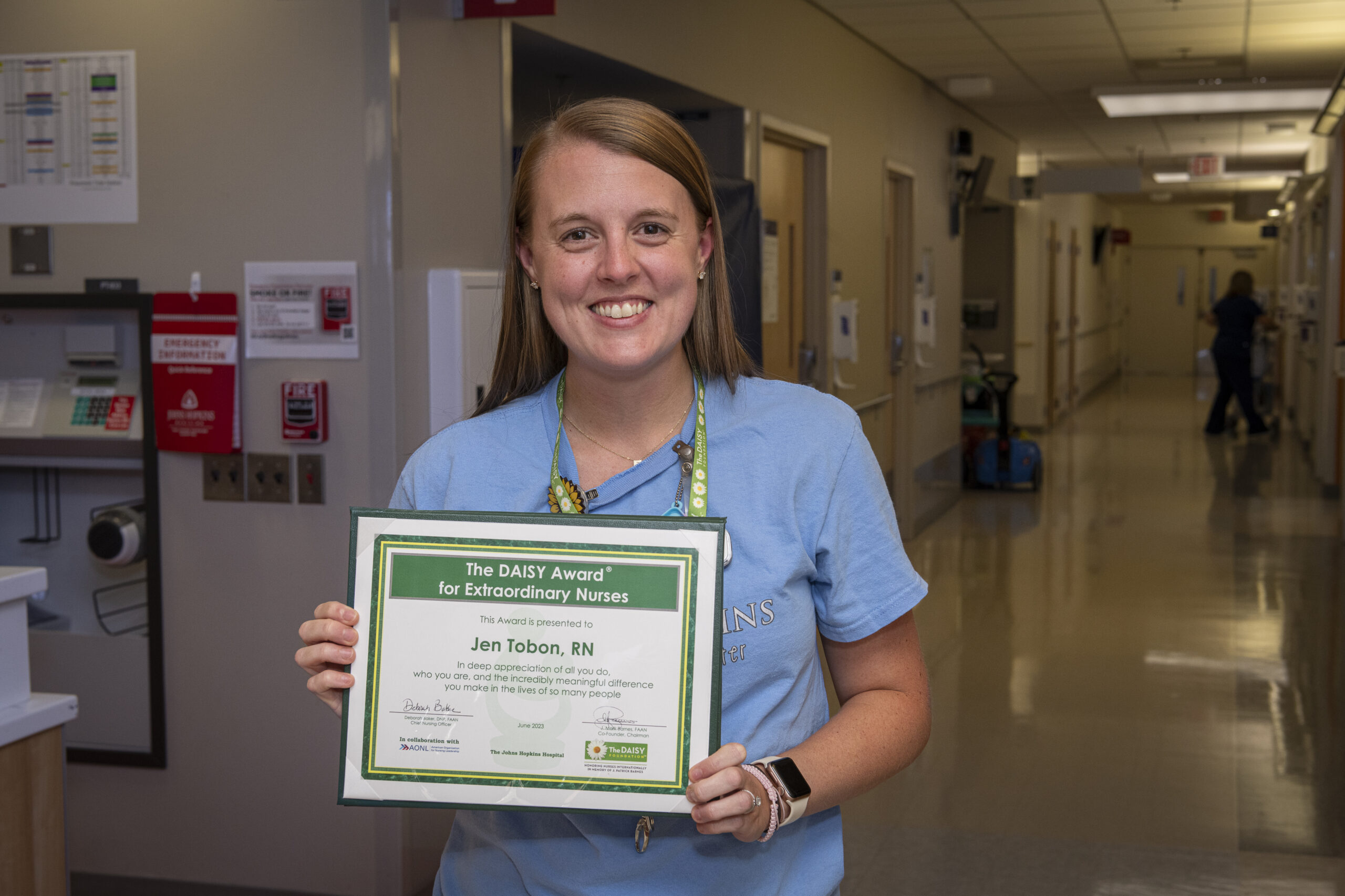Of 204,414 children investigated for physical abuse in 2013, fewer than 1 in 7 was confirmed as a victim (in a dataset obtained from the National Child Abuse and Neglect Data System). In fact, national statistics suggest a 56 percent drop in child physical abuse (CPA) rates over the past two decades. This is not necessarily because children are not being abused but often, perhaps, because of poor reporting that sheds doubt on the nature of injuries.
The finding is part of a study by alum Grace Ho, PhD, RN, Professor Deborah Gross, DNSc, RN, FAAN, and School of Medicine colleague Amie Bettencourt, PhD, MS, titled “Reporting and Identifying Child Physical Abuse: How Well Are We Doing?”
The researchers note a disconnect between the number of reports and the rates of confirmation: “Professionally mandated reporters initiated the majority of CPA reports, and their reports were more likely to be substantiated compared with nonprofessionals. However, reports made by even the most accurate professional group (legal/law enforcement) had only a 26% chance of substantiation, and some professional groups [i.e., health care provider, mental health clinician, social services caseworker, educator, or childcare provider] had a lower likelihood of substantiation than nonprofessionals.” Interestingly, they add, “Reports made by professionals were less likely to be substantiated as child age increased.”
Additional research, they write, should be used to develop and test training programs for better and more quickly identifying and properly reporting suspected child abuse. The alternative is stark: Previous study has shown that “Children who were reported for suspected maltreatment are at a heightened risk for injury-related deaths,” they note, “and those reported for CPA have the greatest risk for sustaining an intentional fatal injury compared with those reported for other types of maltreatment.”
Publication: Research in Nursing and Health

 Forging Policy: How Can Doulas Improve Black Maternal Health?
Forging Policy: How Can Doulas Improve Black Maternal Health? My First Teachers in Nursing School Weren’t Nurses
My First Teachers in Nursing School Weren’t Nurses JHSON Highlights
JHSON Highlights Psych PhD Candidate Guides Families Full Circle
Psych PhD Candidate Guides Families Full Circle DAISY Awards Fall 2023
DAISY Awards Fall 2023






